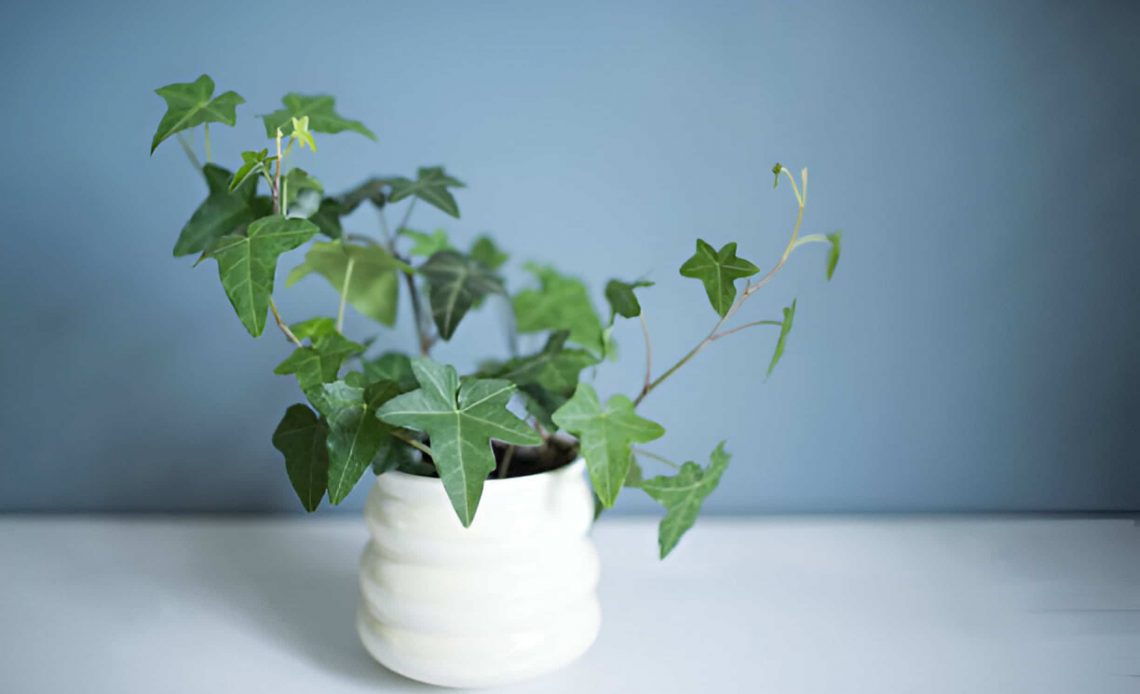
English Ivy, with its lush green leaves and trailing vines, is a versatile and popular plant for both indoor and outdoor spaces. Whether you want to expand your ivy collection or create more green decor, propagation is the way to go. In this article, we’ll explore two simple methods for propagate ivy: water English Ivy propagation and soil English Ivy propagation. By following these steps, you’ll be well on your way to growing new ivy plants. Let’s dive in!
The Benefit of Propagating Ivy Plants

There are several benefits to propagating ivy plants. First, it’s a free and easy way to get more plants, filling your home with more greenery. And guess what? More plants means more benefits for you! Ivy plants are known for their ability to help purify the air by absorbing common toxins and pollutants. For this reason, it is one of the plants for clean air and is also known as air purifying plant. So, by propagating your ivy, you’re not just creating new plants, you’re also contributing to a cleaner and healthier indoor environment.
In addition to air purification, propagating ivy allows you to control the size and shape of your mother plant. By taking cuttings from overgrown areas, you can encourage bushier growth and a fuller appearance. Third, sharing propagated plants is a thoughtful and inexpensive gift for friends and family, allowing them to enjoy the benefits of beautiful and air-purifying plants as well.
How to Propagate Ivy in 3 Steps
Propagating English ivy plant is a straightforward process that requires minimal effort. Here’s what you need to do:
Step 1: Snip Overgrowth from Your Plant
Start by selecting a healthy ivy plant with long, trailing stems. Using clean garden scissors or a sharp knife, cut a stem that is at least 6 inches long. Make sure it has at least two leaves. To ensure successful English ivy propagation, remove any lower leaves near the cut end—these shouldn’t be buried in the soil.
Step 2: Prepare the Cut Stem
- Water Method (Hydroponic Propagation):
- Fill a clear container (glass, bowl, or jar) with water.
- Trim off any lower leaves from your cutting.
- Submerge the cutting in the water, placing the glass in indirect sunlight.
- Replace the water every 2-3 days to provide nutrients and prevent bacterial buildup.
- In a few weeks, new roots will emerge from your ivy cutting.
- Soil Method (Traditional Propagation):
- Fill a small container with well-draining potting soil.
- Plant the cutting in the soil, ensuring the roots are deep.
- Place the container in a partially shaded or fully shaded area.
- Keep the soil consistently moist (but not overly wet) through regular watering.
Step 3: Monitor and Nurture

Whether you choose the water method or soil method for propagate ivy, monitor your cutting until the newly grown roots are a few inches long. Once they’ve reached this length, it’s time to transplant your new ivy plant to its desired location. Whether indoors or outdoors, ivy thrives in partially shaded areas.
Other Plants You Can Propagate
The beauty of propagation is that it’s not limited to ivy. Many houseplants can be propagated using similar methods, including rosemary propagation, hydrangea propagation, alstroemeria propagation, pothos, snake plant propagation, philodendron, spider plant propagation, butterfly bush propagation, lavender propagation and even some succulents. So, the next time you prune your favorite indoor plants, consider propagating the cuttings to create a whole new generation of greenery!
